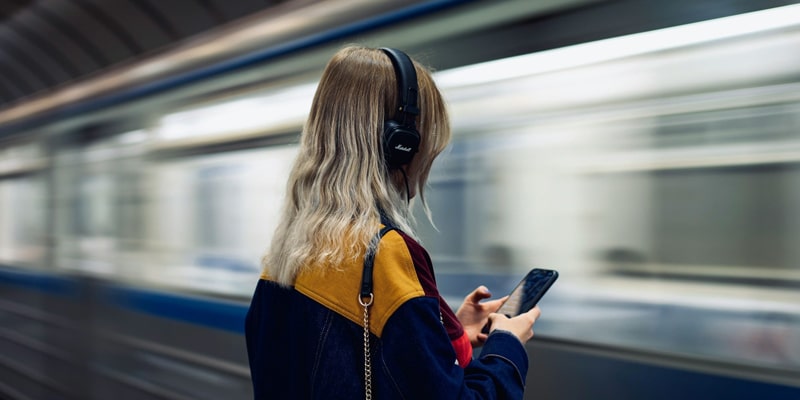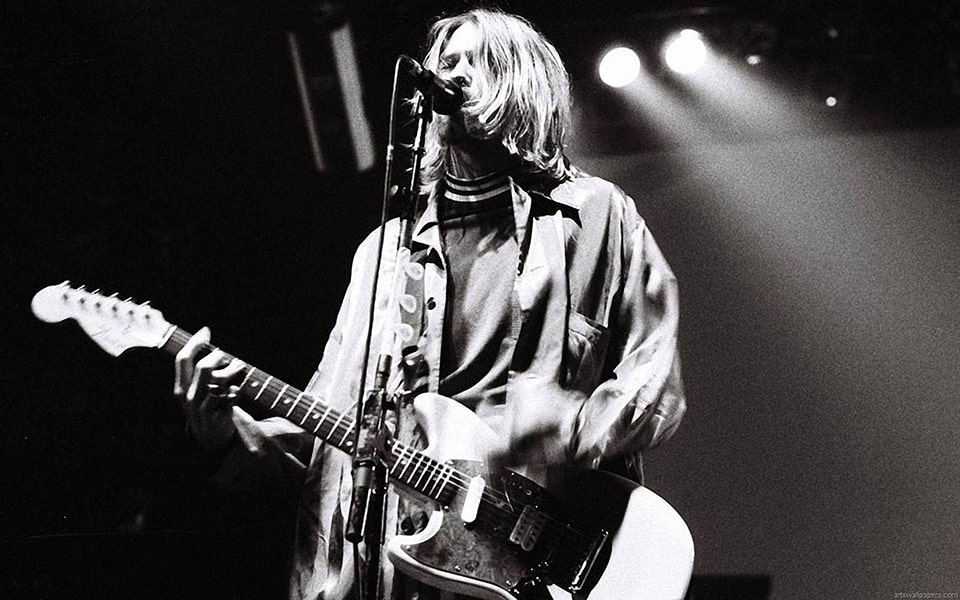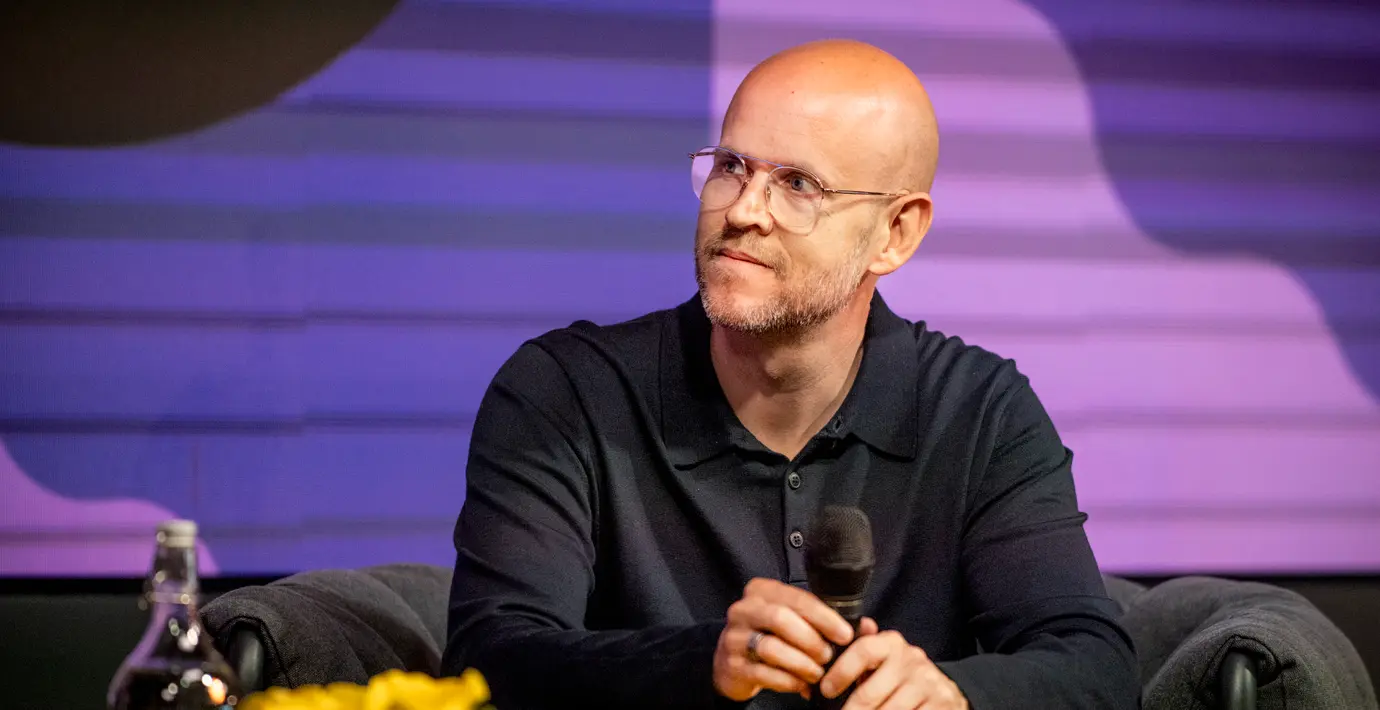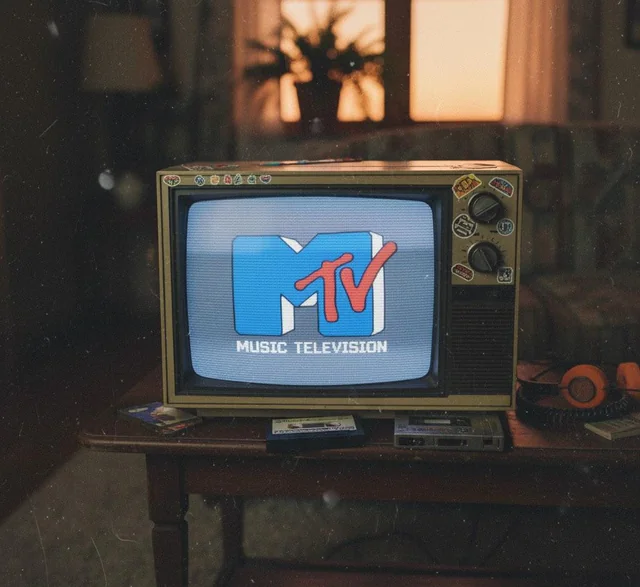Hello! Today, I want to share my thoughts on one of the most exciting phenomena in recent years in the world of electronic music: the rise of “Afro” genres, particularly Afro House and Amapiano. Many of you have probably noticed how these rhythms have not only seeped into the mainstream but have rapidly taken over dance floors and charts. But is this just a fleeting trend, or are we witnessing the birth of a long-term musical wave?
My first impression — it was a real explosion.
When I saw the IMS Business Report 2025 data, I was shocked: Afro House jumped from 23rd to 4th place among the most searched genres by producers on Beatport in just one year (2024). This leap signals dramatic shifts in taste. Clearly, this isn’t just a local buzz. The genre “has arrived” — it’s no longer just on the rise.
Why has this style become so hype now?
It seems there are several deep reasons why African electronic genres resonated so powerfully worldwide, going beyond mere musical taste.
- The need for “heavier” and more “energetic” sounds. Today’s era is defined by tension and speed. Listeners, and consequently creators, are moving away from softer genres like chillout, ambient, or downtempo toward “heavier, more urgent sound palettes.” Afro House, like Drum & Bass and Hard Dance, meets this growing appetite for rhythmic, high-intensity sounds.
- Authenticity and identity. Afro House originated in South Africa, blending elements of Kwaito, Tribal, Deep, and Soulful House. This genre has become a powerful expression of African identity on the global dance stage. It’s not just electronic music; it’s a fusion of African rhythms with electronic beats, characterized by dynamic percussion, pulsing basslines, and soulful vocals. Amapiano, born in the townships of Gauteng province in the mid-2010s, is also a cultural ambassador, connecting diaspora artists to their roots.
- The “virality” effect and digital accessibility. Streaming platforms and social media, especially TikTok and Instagram, have brought these genres to the global stage. For example, the hashtag #Amapiano on TikTok has surpassed 10 billion views. Tyla’s hit “Water”, which blends R&B, pop, and Amapiano, became the first African song since 1968 to enter the Billboard Hot 100. The dance challenge created by Tyla’s choreographer greatly contributed to its spread.
- Global ambassadors and recognition. Artists like Black Coffee are regarded as global ambassadors of Afro House, bringing the genre to international stages, including a performance at Madison Square Garden (2023). Key milestones include the addition of the Afro House category on Beatport in 2017 and Defected Records launching its own Afro House label, Sondela, in 2021.
Trend or long-term wave? My reasoned doubts and optimism
Here my reflections become more personal, because looking at these genres, I see both enormous potential and signs of over-commercialization.
Argument: “It’s just a trend”
I’ve noticed that when a genre becomes popular, there’s a tendency to turn any existing track into an Afro House remix, which can create problems. Some listeners and DJs argue that today’s most common Afro House is a “diluted” or “polished” version serving as “elevator Afro House.” According to one commentator, these commercial versions can be “quite boring,” as they often rely on the same conga loops, shakers, and light tropical elements.
I get the point. When I hear attempts to turn high-energy tracks (like those from Swedish House Mafia) into Afro House, the original tension and energy can “fade and become more chill.” If the genre becomes associated only with this “low-energy” commercial sound — sometimes called “influencer house” — skeptics predict it could “disappear within a year and be forgotten.”
Argument: “It’s a long-term wave”
Despite the risk of commercialization, I lean toward believing we are dealing with a fundamental, long-term wave. Here’s why.
- Deep historical roots and diversity. Afro House emerged in the 1990s. Some consider it to have existed “for ages” and believe it will outlast newer genres like Amapiano. Artists producing “true” Afro House (e.g., Prince Kaybee, Boddhi Satva, Osunlade) showcase how deep and diverse the genre is.
- Continuous evolution and hybridization. Amapiano, which already has a “mature and definitive” sound (as of 2023), continues to evolve, creating crossover subgenres like Afro-Piano (with Nigerian music) and Bongo-Piano (with Tanzanian music). Tyla herself calls her hybrid sound “Popiano.” This constant fusion, as Afro House integrates with Latin, electronic, and urban music, ensures the genre remains dynamic.
- Economic and cultural growth of Africa. Sub-Saharan Africa shows the fastest growth in recorded music revenues worldwide (a 24.7% increase in 2023). This growth, fueled by streaming, confirms that African music, like Afro House or Amapiano, has massive export potential and drives creativity.
- Creation of an ecosystem. The success of these genres is not limited to songs. Artists like Kabza De Small leverage their popularity to build infrastructure, such as the PianoHub label and plans for a venue of the same name. This points to the creation of a sustainable ecosystem, not just momentary popularity.
My conclusion
Considering all of this, I believe “Afro in music” is not just a trend but a long-term wave that has reached a global peak.
Yes, commercial remixes popping up everywhere are certainly a trend and may quickly tire listeners. If you only hear “elevator Afro House,” you might think it’s “boring” and will soon vanish.
However, the depth, historical legacy, diversity of subgenres, and, most importantly, the cultural momentum coming from the fastest-growing music market (Sub-Saharan Africa) indicate that Afro House and Amapiano are firmly established on the global stage. They will continue to evolve and merge with other genres, maintaining their uniqueness and cultural authenticity.
For further insights on distinguishing AI-generated music from human compositions, check out this article: How to Distinguish AI-Generated Music from Human Compositions.






